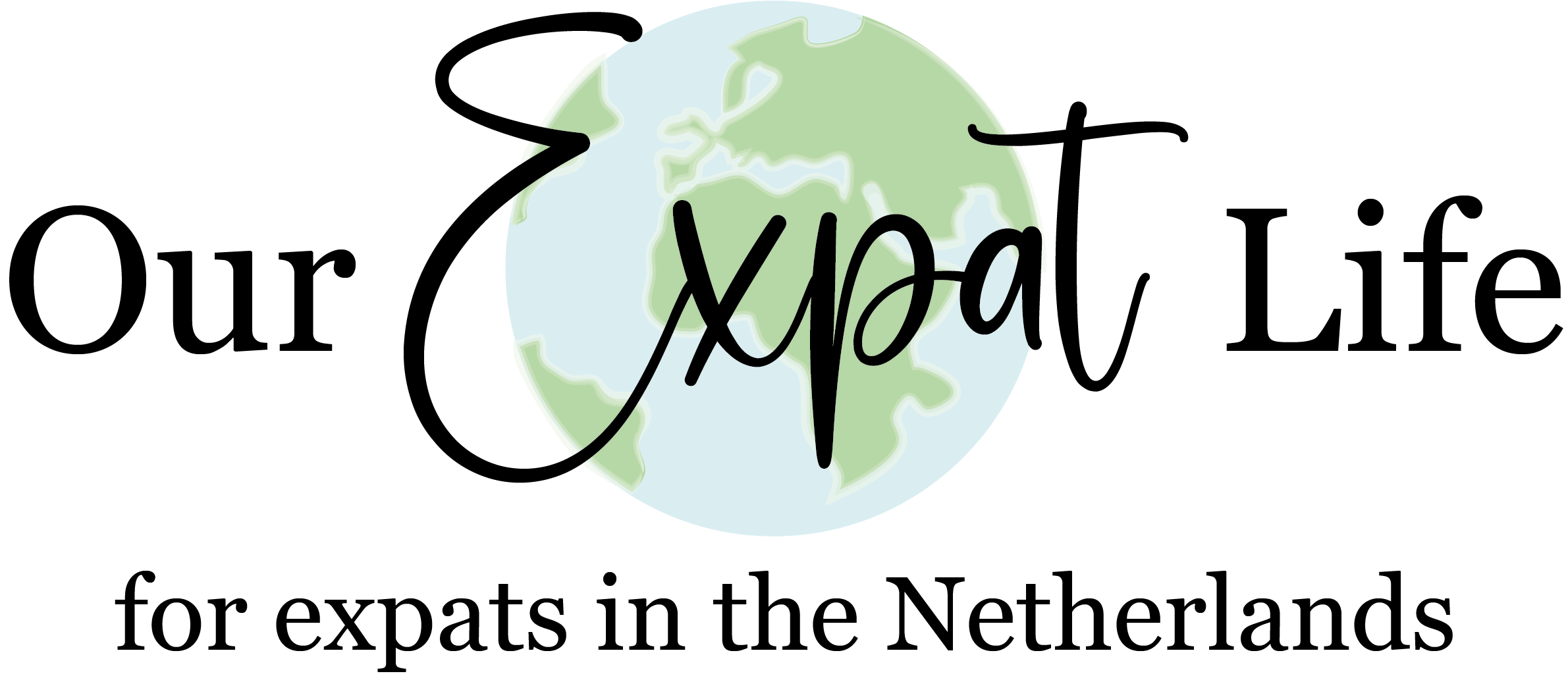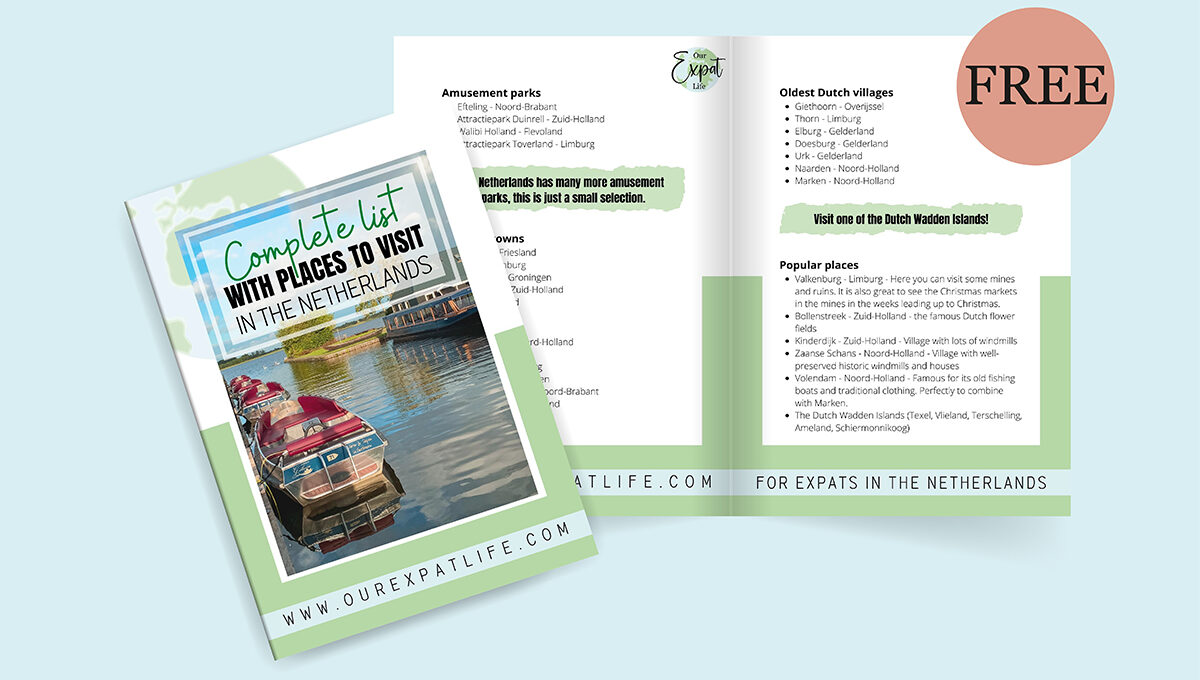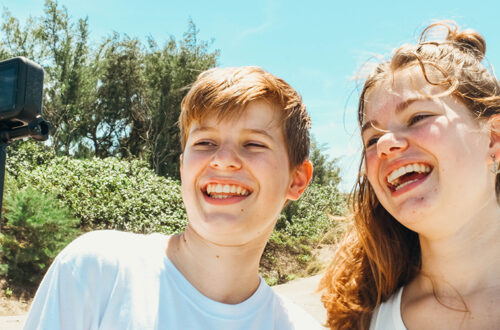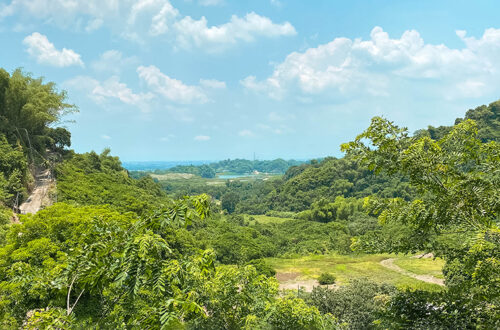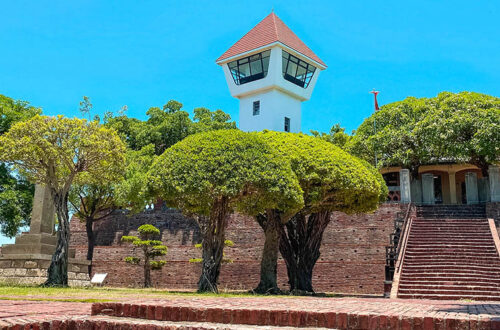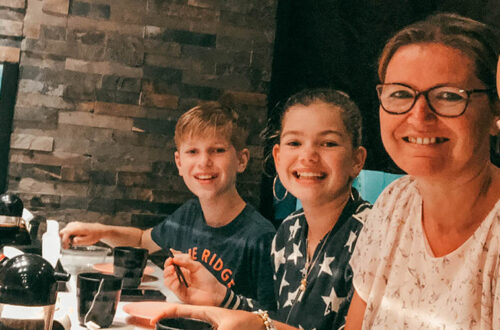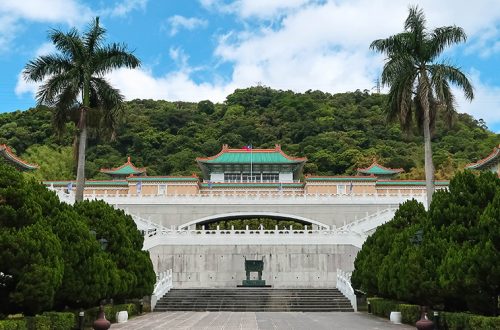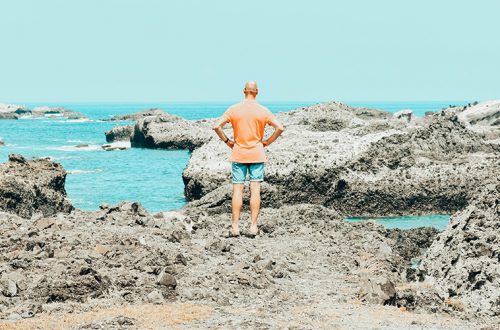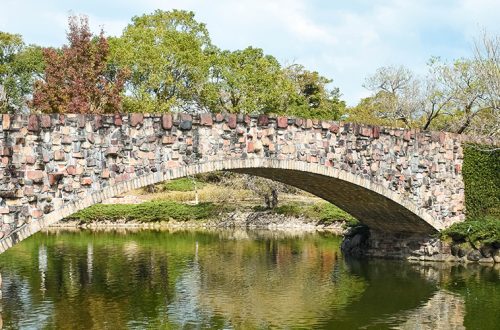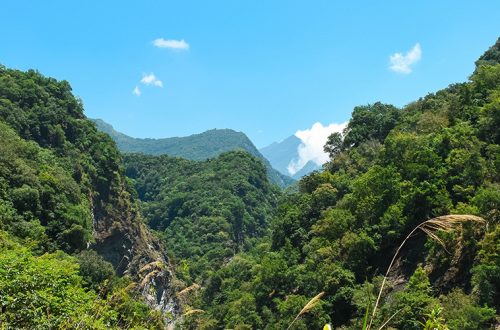-
Moving abroad with children!
Four years ago, we decided to say goodbye to our busy life in Belgium, leave for Taiwan, and become an expat family. We had quite a good life but longed for more financial freedom to travel and show the children more of the world. Moving abroad was our chance to make a dream come true. An assignment for the company…
-
Hot Springs in Taiwan
Hot springs are very popular in Taiwan. Especially during the winter months, Taiwanese people visit the various hot springs and resorts. So this was something that was definitely on our list to do during our time in Taiwan. But how exactly does this work? Are there things we should and shouldn’t do? I must admit that I have never visited…
-
Fort Zeelandia Tainan
Taiwan has a rich history that takes us more than 100,000 years back in time. Its geographical location has had a significant influence on history as we know it today. Taiwan is an island that was very easy to reach for traders from the sea. The nearby countries of China and Japan have also had a great influence on Taiwan’s…
-
How we sold everything and became expats
Bert had traveled to Taiwan for several years before we started this journey. He fell in love with Asia and came home after every trip with lovely stories and pictures. So our curiosity about Taiwan and being an expat grows. At the end of 2016, Bert came home from work with a proposal to go to Taiwan for two years.…
-
National Palace Museum Taipei
When you come to Taipei, you may visit Taipei 101 and Chiang Kai-shek Memorial Hall. But there is another great place to add to your list of places to visit in this city. The National Palace Museum is one of the world’s largest and finest Chinese artifacts museums, which is also one of the must-see attractions in Taipei. I will provide…
-
The ultimate guide about expat life
What is expat life about? What are the obstacles that I will encounter? How do I find new friends? Can I get used to the new culture? These are all questions that are part of life as an expat. All things that I wondered about when we moved abroad in 2017. With very small steps and many challenges on our…
-
10 easy tips to fight Expat Loneliness
Expat loneliness and missing family are the difficult things in life as an expat. Especially when you just arrived in your new country and don’t know a lot of people. Missing family is something we have to deal with as long as we want to live this expat life. But that feeling of loneliness will get better in time especially…
-
Taroko National Park: Tips for visiting as a family.
Taiwan has nine National Parks, and they are all unique in their own way. We visited a few of these parks in the meantime. Most of them are big and have many trails to hike and beautiful places to visit. For some mountainous areas, you need a permit where you have to apply for several days or weeks before you…
